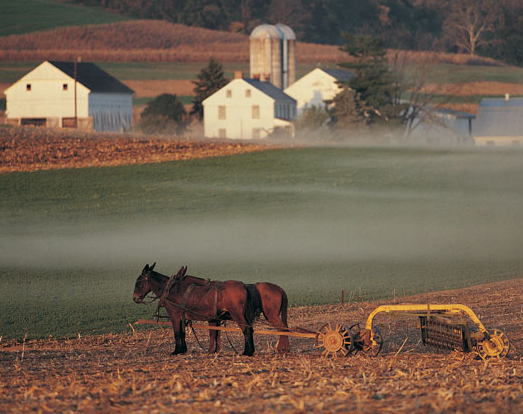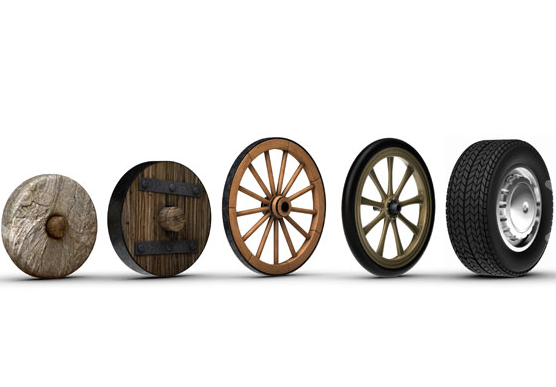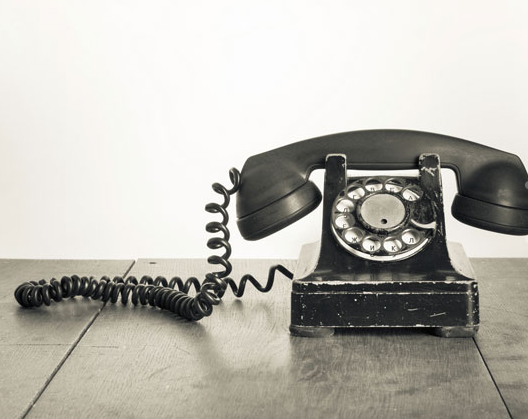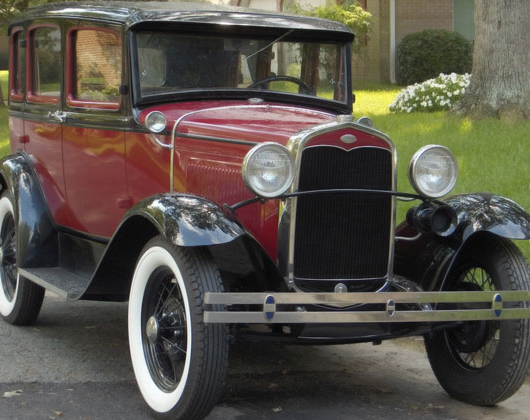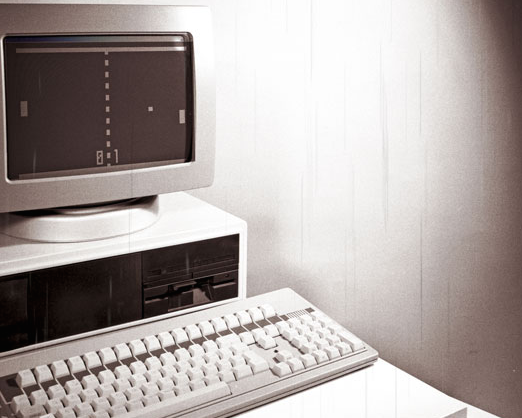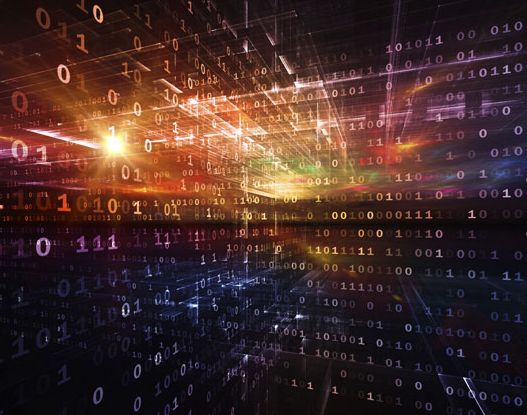You might hear “invention” and think of that iconic light-bulb “a-ha” moment (a term that this author feels should go the way of the dodo). After sleepless nights of failure, the tormented genius leaps into activity and has an earth-shattering piece of technology ready for presentation by dawn (and mass production not too far into the future).
As usual, reality is less dramatic. Inventions are not singular events that spring up fully formed on their own. Rather, inventions build upon existing technology, and come about via tweaks, tests, re-tweaks, and re-tests. Technology evolves much like how a species evolves based on its past and present forms. Also, inventions are rarely created by just one person–there’s often a team behind them, and by working together, they’re able to create something new out existing materials.
Here’s a look at ten inventions that seem simple by our standards. We’ve all taken advantage of them at least once, and never thought about how different our lives would be if they were never made.
1.) Plow
We’re starting at the beginning here. The plow, developed in various places around the world about 10,000 years ago, is why humans have settlements. Before this, in the Paleolithic Age, humans traveled around as hunter-gatherers, finding what food they could. The plow made growing, and thus controlling, food supplies easier. Humans began to settle in places that became the cities, civilizations and cultures that we still have today. Everything you know about your history and culture more or less got its start here. We of course have no idea who, or more likely, which culture, developed the plow first due to its age. We do know that the adaptation from hunter-gatherer to farmer was pretty much a worldwide one, so we could attribute this to humanity at large.
2.) Wheel
Like the plow, the wheel is another invention that seems to have sprung up around the world. Some civilizations used them earlier than others, and even civilizations without wheels were capable of achieving pretty awesome things, including the Pyramids, Stonehenge and Machu Picchu. The earliest wheel and axel found dates to around 3100 BCE (about the date of Stonehenge’s construction), and is from near Ljubljana, Slovenia. The wheel allowed people to transport and manipulate large items for construction. It also allowed them to create vehicles which expanded travel and trade, leading to interaction between cultures. New interactions led to the creation of larger nations, which would come a bit later, when people figured out roads. Outside of travel, the wheel is also used in a lot of other technologies, such as water wheels, gears, cranks and pulleys and more.
3.) Printing Press
Most people think of Johann Gutenberg creating the printing press in 1430s Germany, but he only improved on preexisting technology. Block printing existed in China since about the 11th century, and the idea came back to Europe via Marco Polo. Gutenberg decided to incorporate a screw press, usually used for olive oil and wine production, and created more durable metal printing blocks than the wooden ones people were using. He also made advances in ink and paper. The result was that books, and the information within, became more accessible to people. Before, handwritten books were rare and were generally the property of the clergy and the upper class. Now that faster and cheaper production existed, the books could make it to more people. That meant that literacy rates increased and the population in general became more educated.
4.) Refrigeration
Refrigerating food to increase its shelf life is less modern than you thought. In the old days, people used the naturally cooler temperatures of subterranean spaces to store food (think root cellars). When they could, they used ice boxes, (literally boxes with ice in them) to keep things cold. The fridge started off simple, gradually improving for about 200 years. There existed a vapor-compression unit designed but never produced in 1805. The 1876 design by Carl von Linde became the ancestor of the modern fridge. As cooling chemicals became safer by the 1920s, they became a standard fixture in homes. They allowed food items to last longer, which allowed people to eat a more varied and healthier diet of fresh foods. The development of refrigerated trucks also allowed for food to keep fresh during shipping.
5.) Communications
Okay, so “communications” is a pretty broad term, and nowadays encompasses the telephone, radio, internet, and television. But each of these items stem from one device–think of them like related species on a genetic branch. The telegraph, developed by Samuel Morse in 1836 (yes, of Morse code fame), allowed information to travel in relatively short time, but over great distances. Morse’s invention served to connect people and cities to allow the sharing of information, while also required intricate wiring systems. Later, Nikola Tesla and Guglielmo Marconi developed electromagnetic waves used to send information wirelessly. This led to the way information transmits today–in real time, allowing people all over the world to watch events as they unfold.
6.) Steam Engine
Steam power was how the Industrial Revolution, the greatest change in the shortest period of time in the history of human civilization, kicked into full swing. People used steam to power things for thousands of years, but it was fully harnessed first in 1712 by Thomas Newcomen’s creation, a device used to pump water out of mines. James Watt modified Newcomen’s design in 1769 to make it more powerful and practical. Eventually, the bulky engines were small enough to put on trains, and the steam locomotive was born. This allowed the transportation of people and goods across far greater distances, and served to expand industry. The railroads were integral in the expansion of the continental US, shaping it into what it is today. Unfortunately, it contributed to the drastic reduction of Native American culture.
7.) Automobile
Car historians consider Karl Benz’s 1885 Motorwagen to be the first automobile. But it wasn’t until 1904 when Henry Ford made adjustments and came up with serious marketing hooks that the car took off, first in America and soon after in Europe. Cars became popular in an instant, allowing people to instantly travel to places otherwise too far. Towns and cities planned around automobile roads and access. Cars also gave rise to suburbs, more spacious than cities and thus requiring a vehicle. The auto industry created many, many jobs and a lot of money, but has also caused massive amounts of pollution.
8.) Light Bulb
Everyone thinks of Thomas Edison as the sole inventor of the light bulb. Like with everything else on this list, Edison was working with, and improving upon, existing technology. There were already plenty of cheap and efficient gas lights in use during the 1870s, when the electric bulb came into play. Letting people see in the dark without open flames was not the light bulb’s legacy. Rather, it gave way to the electric infrastructure that allowed more homes and businesses to connect to the grid.
9.) Computer
So, what is a computer? It’s a machine that can intake information, manipulate it in some way, and output new information. The computer went through many iterations over the years, and concepts for these machines date back to the 19th century with mathematicians and engineers like Charles Babbage and Ada Lovelace. Babbage designed a general-use, mechanical computer, and Lovelace wrote what would have been its first program, as well as the first computer program ever, if Babbage’s machine were ever built. In the early 20th century, Alan Turing developed many ideas that have been influential in computer development. Computers allow users to process vast amounts of information at extreme speed, making large-and small-scale research more accessible than ever. Computers in turn created space travel, medical testing and the mapping of the human genome, and are also used to create art and music.
10.) Internet
The Internet is the logical sum of computers and communications. It is now a staple of everyday life, even though it was only developed in the late 1960s, not widely used until the late 1980s, and not a fixture in every home the way it is now until the 1990s. It’s used for military purposes, medical applications, businesses, and academic research; for news (hello from ViralNova!) and for personal communication. It allows information to spread almost immediately from one corner of the world to another, including communication across oceans. While it’s become a major part of everyone’s life, it’s still a relatively new development for civilization at large, with computer scientists and developers still discovering its far-reaching impacts.
Can you imagine your life as it is today without any of these incredible inventions? What do you think will be the next big, civilization-changing breakthrough? It kind of makes you want to tinker with existing tools to find the next big invention…
Via Geniusstuff; images via Thinkstock
